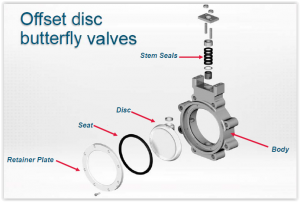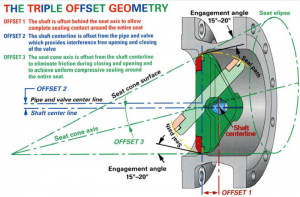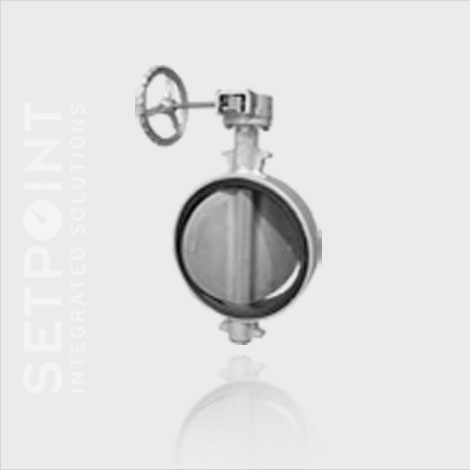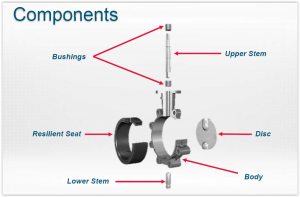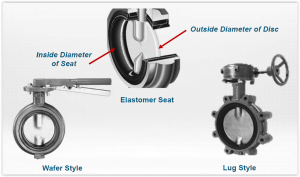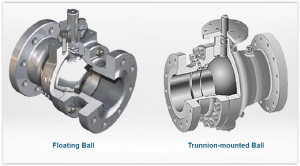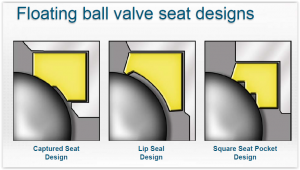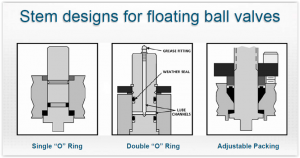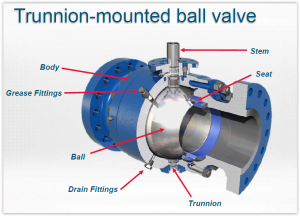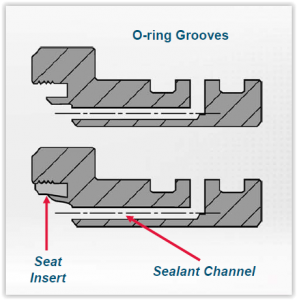Setpoint Integrated Solutions Strengthens Distribution Network with PROTEGO® Partnership
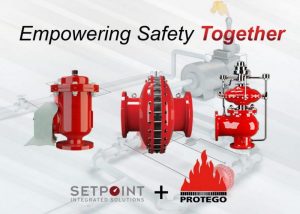
Baton Rouge, La. — Setpoint Integrated Solutions is pleased to announce a strategic alliance with PROTEGO®, a global leader in tank equipment and safety solutions for industrial process applications. As of April 1, 2024, Setpoint Integrated Solutions will officially represent the PROTEGO® brand across the Texas Gulf Coast, Louisiana, Arkansas and Mississippi markets.
Setpoint Integrated Solutions will offer the full range of PROTEGO® products, including pressure and vacuum relief valves, flame arresters, and tank accessories. Ten of Setpoint’s locations will be qualified PROTEGO® Authorized Repair Centers (PARCS) covering Texas, Mississippi, Tennessee, Arkansas and Louisiana and will assist in the assembly of products to ensure industry best lead times and unrivaled levels of customer service.
“We’re excited to add PROTEGO® to our portfolio of distinguished OEMs,” said Benjamin Davis, Vice President of Sales at Setpoint Integrated Solutions. “At Setpoint, we pride ourselves on offering premium products and services to the markets we serve. PROTEGO®’s quality and reputation align perfectly with Setpoint. PROTEGO® is recognized as the global standard for tank equipment and pressure safety solutions. With Setpoint’s bandwidth, we look forward to bringing unrivaled quality and lead times to our customers.”
In an industry where safety and efficiency are paramount, the alliance between Setpoint Integrated Solutions and PROTEGO® will leverage both companies’ extensive expertise to offer unparalleled service and solutions in safety devices and systems. This partnership marks a significant milestone for both companies and is expected to generate tremendous benefits for the customers in the region.
About PROTEGO®:
PROTEGO® is a global leader in providing safety solutions for industrial process applications. With a legacy spanning over 70 years, PROTEGO® is trusted by industry leaders worldwide to deliver reliable and innovative solutions that protect processes, equipment and personnel.
About Setpoint Integrated Solutions:
Setpoint Integrated Solutions is the expert in the process control industry. Setpoint Integrated Solutions supports the power, refining, and chemical industries, providing value-added solutions for critical industrial applications while delivering best in class customer experiences. Setpoint Integrated Solutions is headquartered in Baton Rouge, LA.
For more information, please visit setpointIS.com.
Media Contact: Tori Glass Marketing and Communications Tori.Glass@SetpointIS.com 832.450.1762

